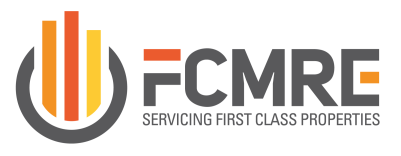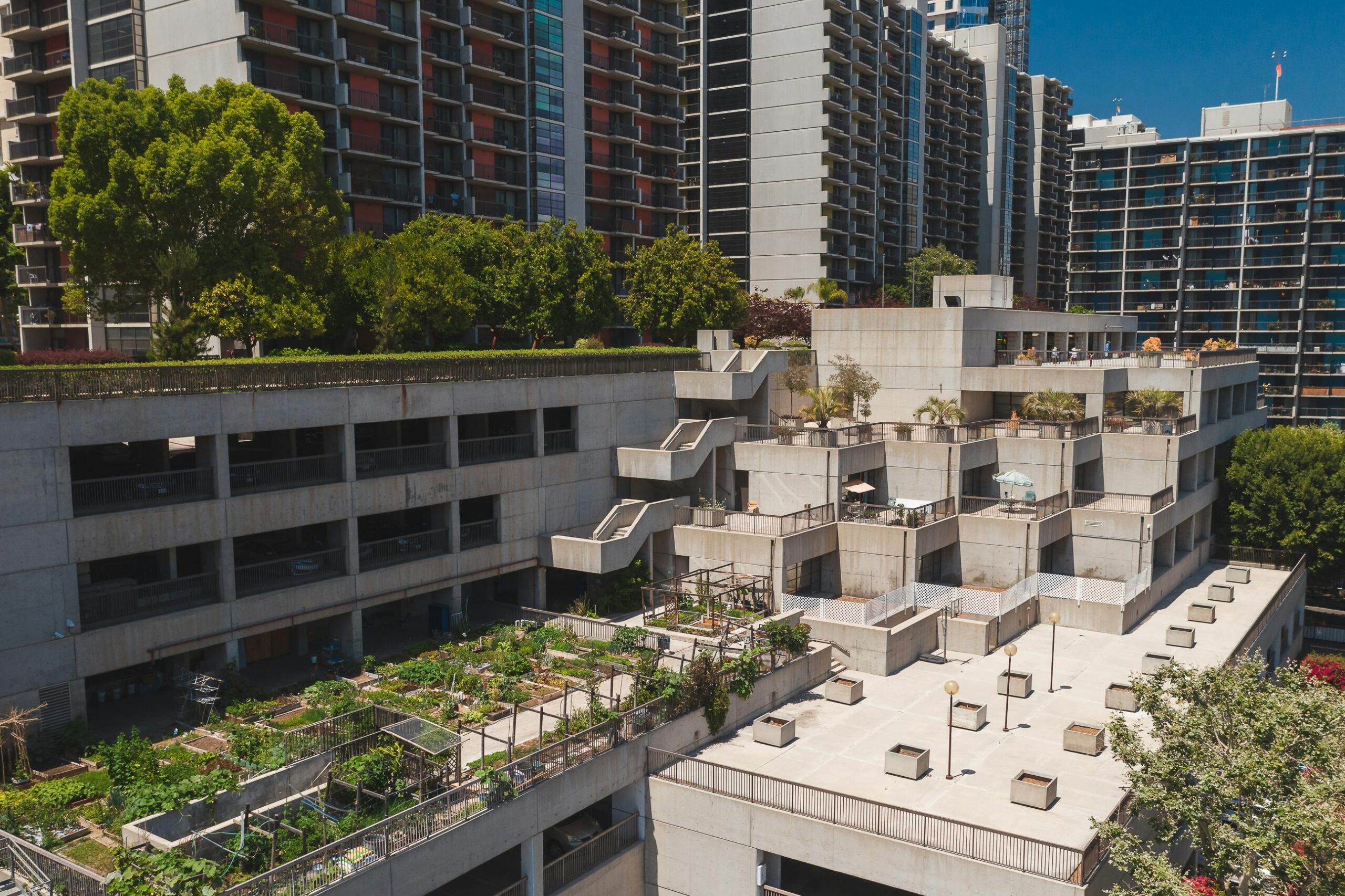New York City is at the forefront of sustainable urban development, offering a range of tax incentives to encourage the construction and retrofitting of green commercial buildings. These incentives not only promote environmental responsibility but also provide financial benefits to property owners and developers.
1. Green Roof Property Tax Abatement
The Green Roof Property Tax Abatement program offers a one-year tax abatement of $5.23 per square foot for the installation of green roofs on eligible buildings. Green roofs help manage stormwater, reduce urban heat island effects, and improve building insulation. To qualify, the green roof must cover at least 50% of the rooftop area and meet specific design and maintenance criteria. This program aligns with NYC’s long-term sustainability goals and has been renewed to continue supporting eco-friendly building practices. (nyc-business.nyc.gov)
2. Real Property Tax Exemption for Green Buildings (RPTL §470)
Under New York State Real Property Tax Law Section 470, municipalities can offer property tax exemptions for buildings that achieve certain green building certifications, such as LEED or equivalent standards. The exemption applies to the increase in assessed value resulting from the construction or reconstruction of the building and varies based on the certification level achieved:(tax.ny.gov)
- LEED Certified/Silver: Exemption over a 10-year period, starting at 100% and decreasing by 20% every two years.
- LEED Gold: Exemption over a 10-year period, starting at 100% and decreasing by 10% every year.(nyc.gov)
- LEED Platinum: Exemption over a 10-year period, starting at 100% and decreasing by 5% every year.
This incentive encourages the adoption of sustainable building practices by reducing the financial burden associated with green construction.
3. Section 179D Energy-Efficient Commercial Buildings Deduction
The federal Section 179D tax deduction provides up to $5.00 per square foot for energy-efficient improvements in commercial buildings. Eligible upgrades include enhancements to lighting systems, HVAC systems, and the building envelope. Both building owners and designers of government-owned buildings can claim this deduction, which requires certification by a qualified third party. This incentive not only reduces tax liability but also promotes long-term energy savings. (taxtaker.com, kbkg.com)
4. Commercial Property Assessed Clean Energy (C-PACE) Financing
C-PACE financing allows property owners to finance energy efficiency and renewable energy projects through a voluntary property tax assessment. The financing is repaid over a term of up to 35 years, with the repayment obligation tied to the property rather than the owner. This mechanism provides access to upfront capital for green improvements without requiring traditional loans, making it an attractive option for commercial property owners. (en.wikipedia.org)
5. Compliance with Local Law 97
Local Law 97, part of NYC’s Climate Mobilization Act, mandates significant reductions in greenhouse gas emissions from large buildings (over 25,000 square feet). Buildings must achieve a 40% reduction in emissions by 2030 and 80% reduction by 2050. Non-compliance can result in substantial fines. Investing in energy-efficient upgrades not only helps buildings comply with the law but also positions them to take advantage of the aforementioned tax incentives.
Conclusion
Understanding and leveraging these tax incentives can significantly offset the costs associated with green building projects in New York City. By investing in sustainable construction and retrofitting, commercial property owners not only contribute to environmental conservation but also realize financial benefits through reduced taxes and operational costs. Staying informed about these programs is essential for maximizing returns on green investments.

